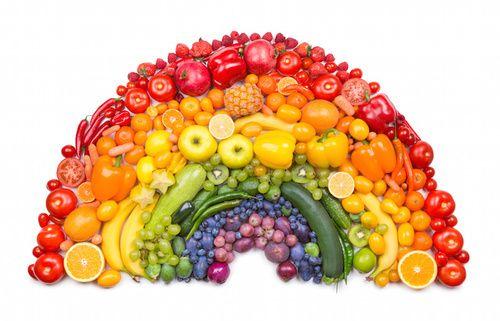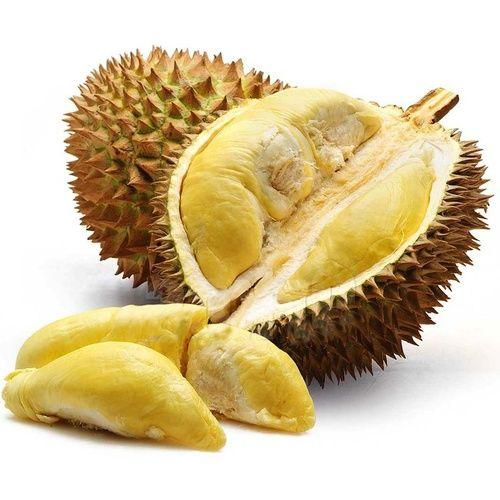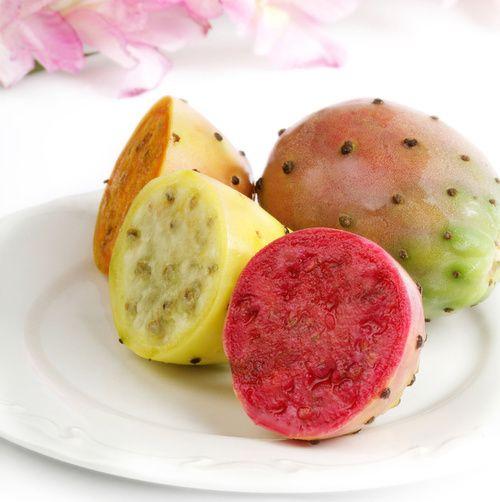La fruit has different nutritional and organoleptic characteristics that vary according to the origin. Let's find out the benefits, contraindications and advice for buying exotic fruit, commercial fruit and wild fruit.
> Nutritional quality and environmental impact of fruit

Nutritional quality, commercial advantage, environmental impact
Different characteristics of the fruit we eat can be analyzed if divided into three categories.
The first is that of esotic fruit, in most cases tropical, which comes from distant countries and which is sold and consumed to a lesser extent than the common local fruit; the second is the commercial homegrown fruit, that is what we can find in any market and supermarket throughout the country; finally we have the wild fruit and minor fruit, often linked to specific regions or locations and sometimes requiring harvesting or cultivation.
We will analyze any of these differences in nutritional quality, the commercial advantage and the environmental impact.
Exotic fruit
According to the literal meaning, with exotic fruit we should mean the fruit originating from distant countries. We can find it in many supermarkets, on some market stalls, in ethnic food shops and online, generally with much less affordable prices of normal commercial homegrown fruit.
Some of these fruits have now become part of our daily diet, such as the banana and the bananas, while others are traditionally eaten for holidays, such as dates.
Fruit that grows in the tropics finds exceptional growth conditions: abundance of water and constant presence of the sun, and therefore often tropical fruit is more nutritious than fruit from temperate climates, so much so that you can easily make meals based only on fruit as fruitarians do.
The negative note of exotic fruit is undoubtedly environmental impact: the large consumption of oil for transport and for the maintenance of the cold chain from tropical countries (especially Southeast Asia, South and Central America) to temperate countries, and all the resulting pollution. Furthermore, it is often very difficult to have precise information or reassurance on the cultivation methods and the type of synthetic chemicals used: organic exotic fruit is very rare.
Much of the exotic fruit is consumed in rich countries in the "north" of the world and often the largest share of income does not go to the producer but to the distributors, the ring with the strongest impact on the environment.
You can learn more about the properties of durian, an exotic fruit

Commercial fruit
Let's analyze the here commercial “local” fruit, that is the reassuring one that we find in every food, market, supermarket, with fruits chosen with almost identical sizes, homogeneity of color, and so on.
We are talking about apples, pears, kiwis, citrus fruits, watermelons and melons, peaches, plums, apricots and other identical fruits in every region of the country. These fruits have been selected for some precise characteristics that make them advantageously marketable: plant productivity, fruit regularity, sugar gradient, disease resistance, etc. The continuous use of a few species reduces the genetic richness and impoverishes the nutritional qualities of the fruits.
Some of them are not even homegrown: the kiwi comes from China but the country has adopted it without problems when the yield of the plant has been noticed.
Banana is the only true tropical exotic fruit among the commercial ones and each of its specimens is a sort of sterile clone (without seeds) of the same cultivar, the cavendish, and this genetic impoverishment has caused the fruit to run serious risks of extinction. .
Large fruit crops have a not negligible environmental impact, but at least they avoid pollution due to long transports, even if this is not valid in any case: in fact more and more often commercial fruit arrives from abroad.
Wild fruit
In the wild fruit category, we want to include two different types. The first incorporates all the varieties of apple, pear, peach, plum, apricot and citrus fruit that have a local relief and are not taken into consideration for an extensive trade throughout the national territory. We are talking about fruits that we must go and look for at festivals, in village shops, in the countryside, or we must collect in the woods.
The second category is that of minor fruits, now ignored by large retailers: we are referring to fruits such as medlar, rowanberries, sour cherries, etc. The pros of wild fruit are obvious and clear: variety and complexity of tastes, nutritional richness and genetic richness, rusticity, locality.
However, the cons of the category are also clear: difficult to find, few guarantees on productivity, plants unsuitable for large extensive crops.
Small orchards of local varieties have a environmental impact that borders on zero but they cannot meet the demands of the large market.
Discover also the properties of sour cherries and prickly pears, forgotten fruits

Conclusions
From the point of view of nutritional qualities, we discover then that the minor fruits, the local and rustic varieties of commercial fruits and the exotic fruits, tend to exceed the common fruits of large retailers.
From the point of view of environmental impact, local varieties and wild fruits are preferable to fruits produced in large monocultures and, even more, to those that involve large consumption of petroleum derivatives for transport.
From the point of view of commercial advantages, for the parameters of the dominant economy it makes little sense to invest in varieties that are too changeable, too little controllable, or too poorly suited to the taste to which consumers have been educated.
The important is consume large quantities of fruit, not forbidding to experiment whenever possible and developing over time all the flavors that can be found in fruit and not just the sweet: even the bitter, sour, fat. Therefore, consume as much wild and local fruit as possible, more minor fruits, and more exotic fruits, perhaps enjoying it in the countries of origin.
READ MORE
The benefits and contraindications of the fruit diet
Other articles on fruit:
> The color properties of fruit and vegetables
> The alternative uses of fruit
In collaboration with Giacomo Colomba


























